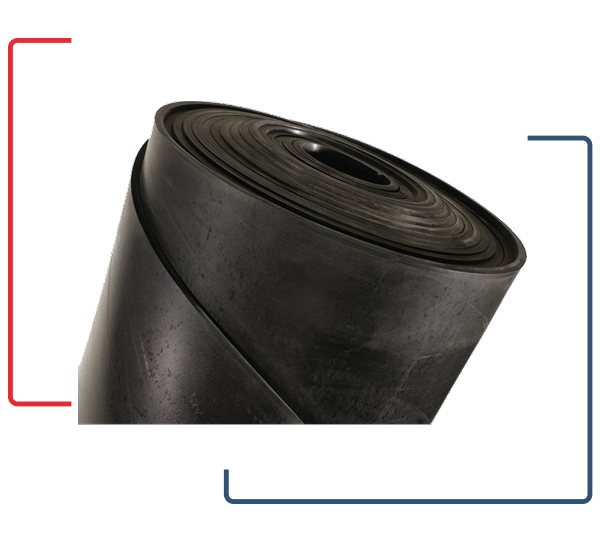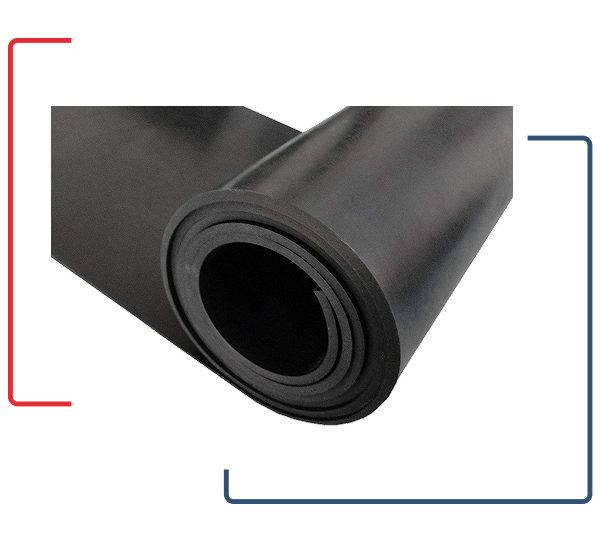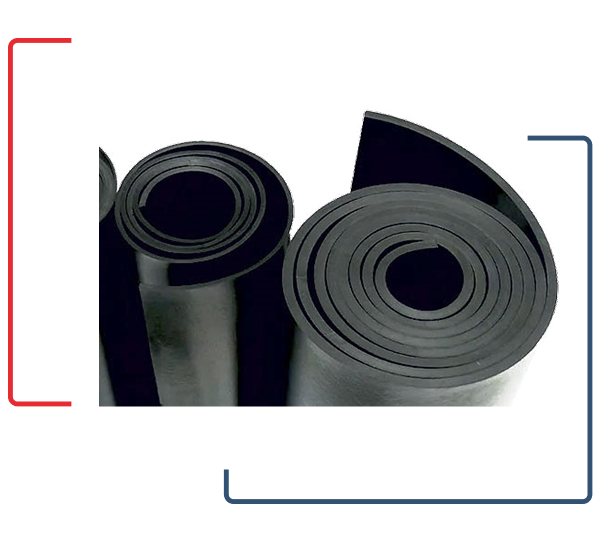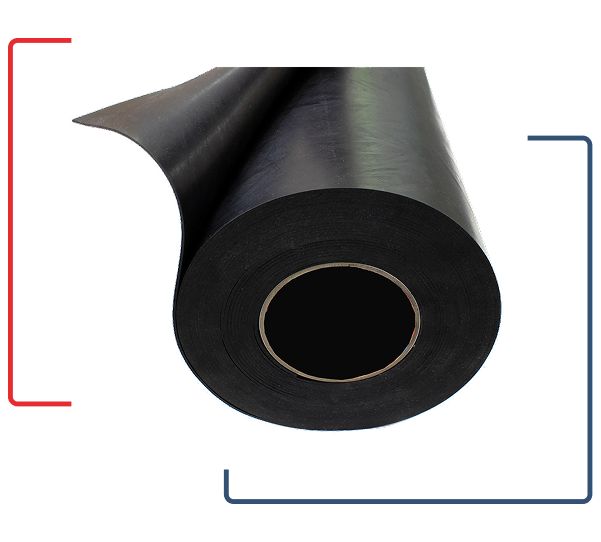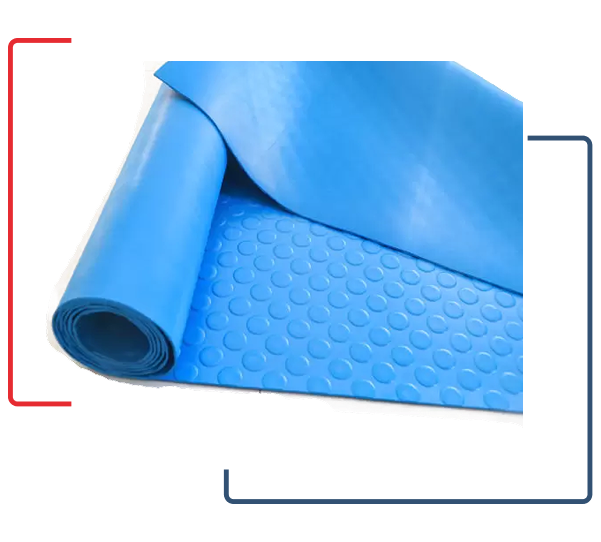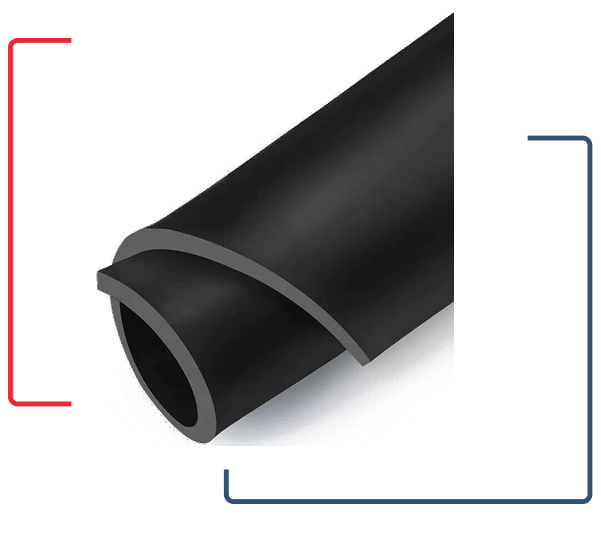Silicone Rubber Sheet
Silicone rubber is physiologically inert, thus making it the preferred choice of the medical, pharmaceutical, and food processing industries. Silicone has comparatively low mechanical properties, tensile strength, elongation, and tear strength, however, it keeps constant even at high temperatures but should not be used with high-pressure steam. Its resistance to oil and hydrocarbon products is fairly limited and similar to that of Chloroprene rubbers. Reasonable resistance to a whole range of general chemical products, but acids, alkalis, and esters should be avoided. Silicone has excellent heat resistance (dry air) at +200°C intermittent. It remains flexible at low temperatures of -70°C, and it is also resistant to ultraviolet light, Ozone, and ketone weathering. Exhibits low flammability and low smoke toxicity. It has good electrical insulation properties. It is also used as a Membrane Sheet for Vacuum Press.
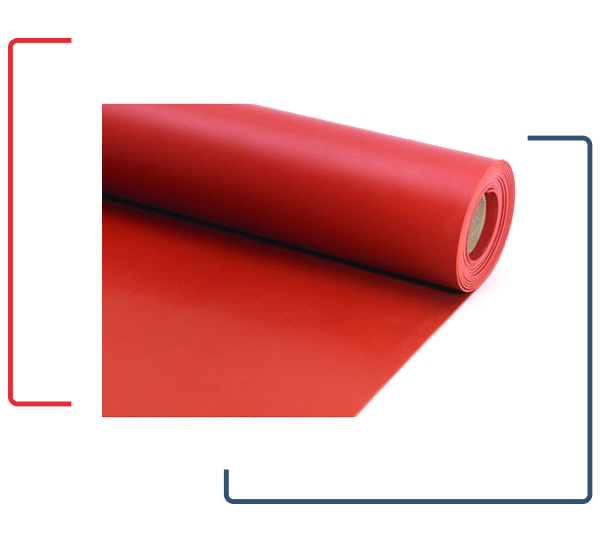
Exceptional Silicone Rubber Characteristics
High and low-temperature resistance
Excellent electrical insulation
Biocompatibility
Good weather and ozone resistance
High-temperature gaskets and seals
Medical devices
Electrical insulation
Food-grade applications
Silicon Rubber Sheets | |||||||
Code | Specific | Hardness | Tensile Strength | Elongation at break | Compression Set | Temp. | Colour |
gm / cm3 | Shore A | (min) kg / cm2 | (min) % | 70°C for 22 hrs | °C | ||
SI 60120 | 1.2 | 60 | 80 | 600 | 40% | -60 to +226 | Translucent for |
SI 60130 | 1.30 | 60 | 60 | 250 | 40% | -90 to +200 | Red / White / |
SI 70150 | 1.5 | 70 | 30 | 200 | 45% | -70 to +200 | Red/White |


